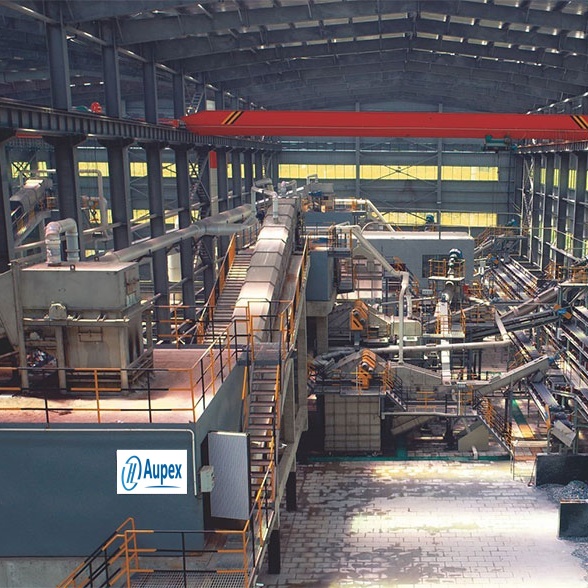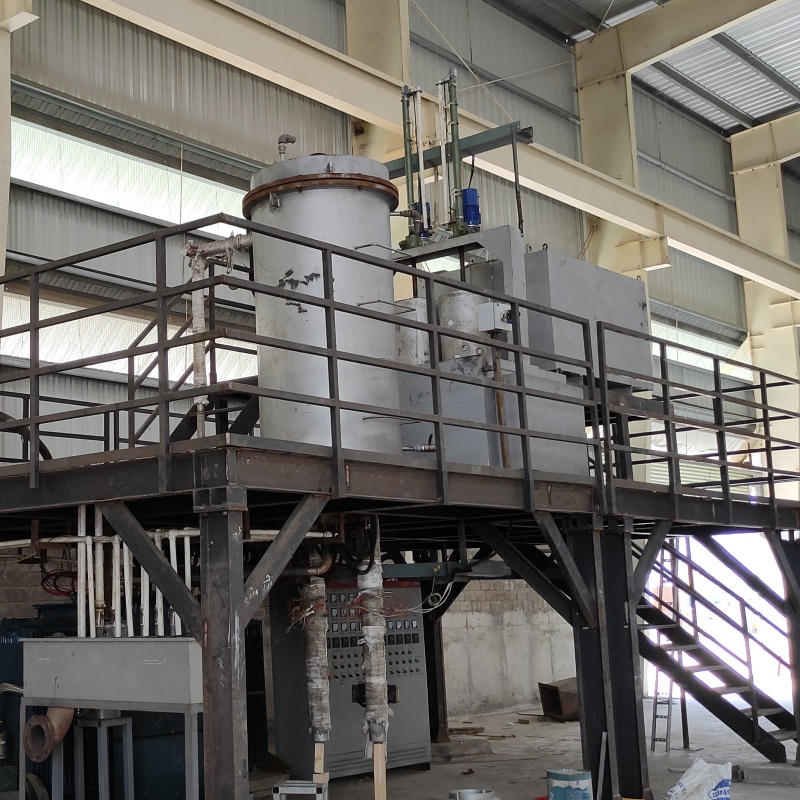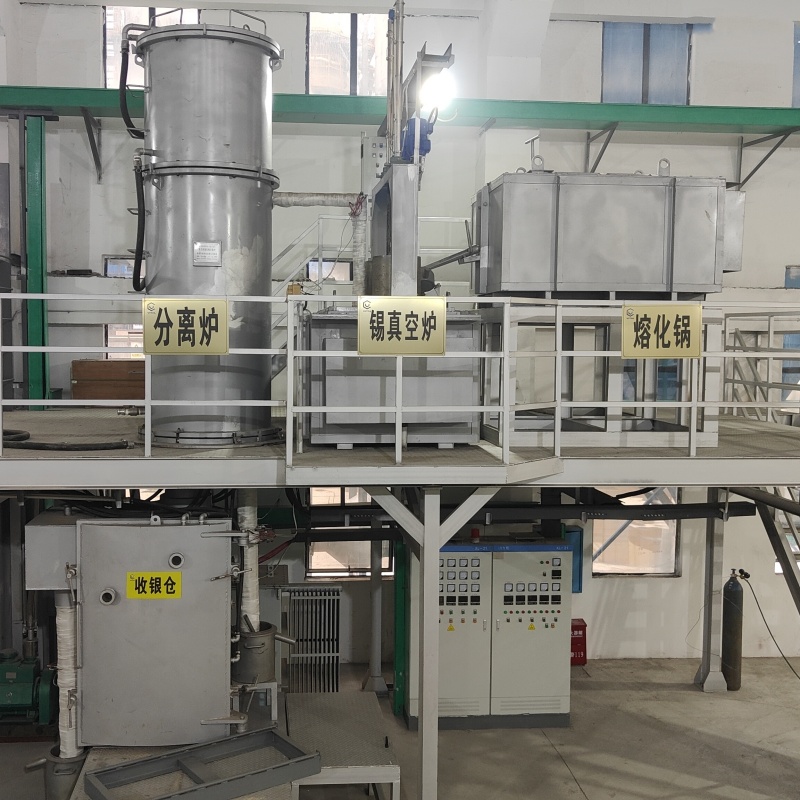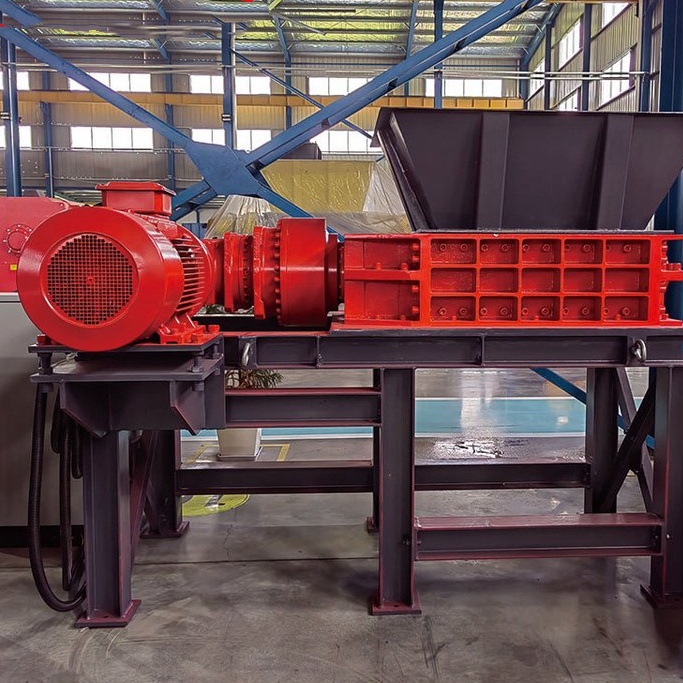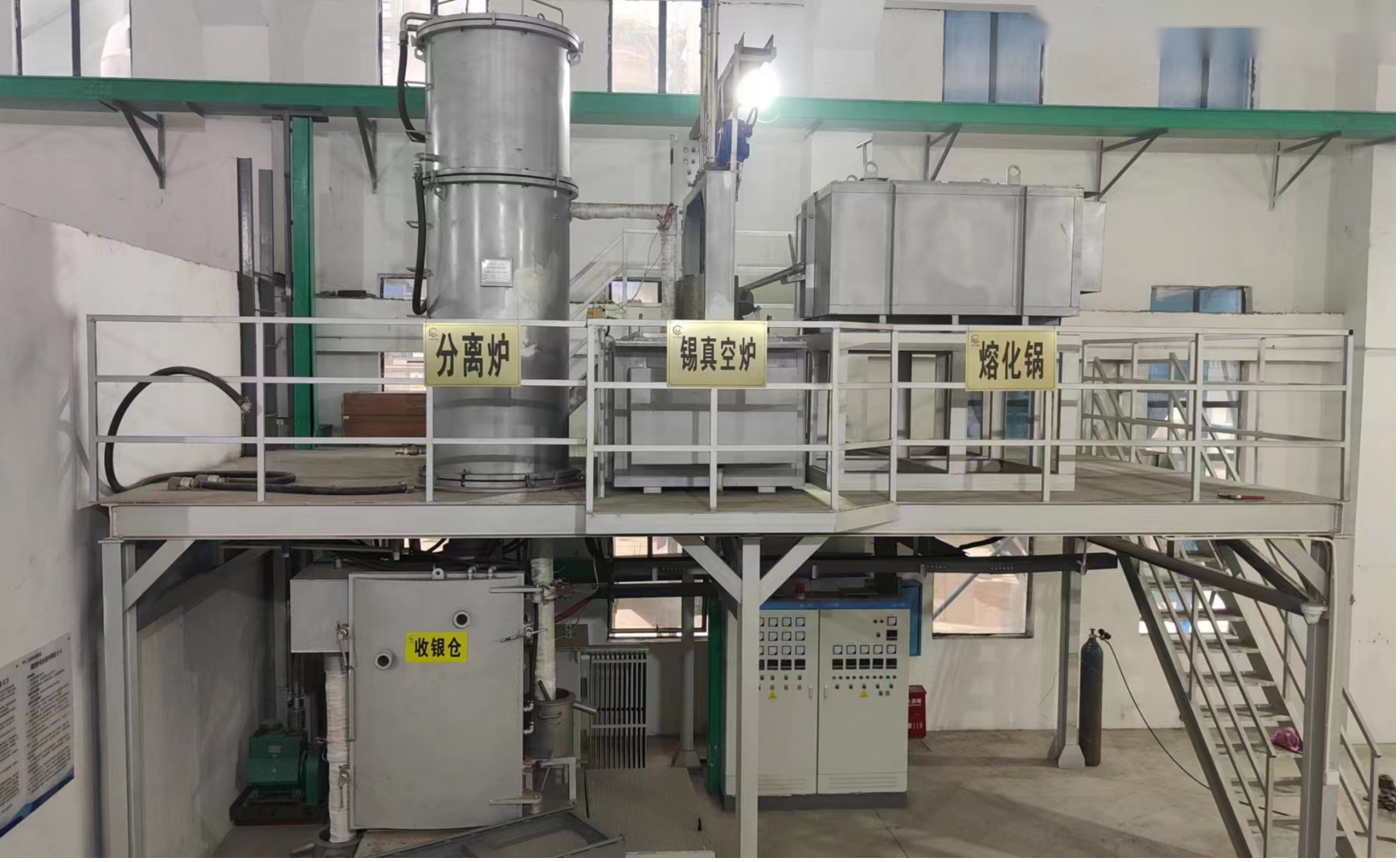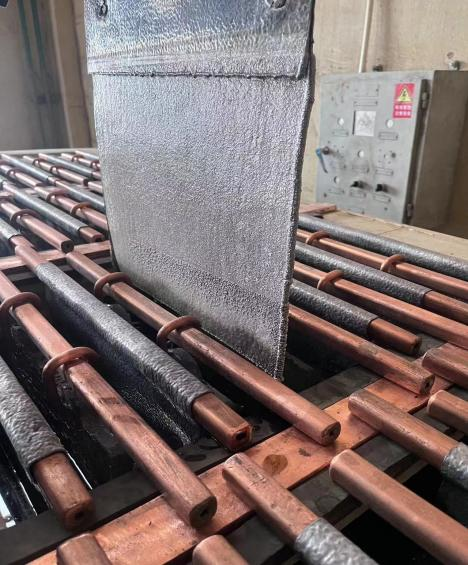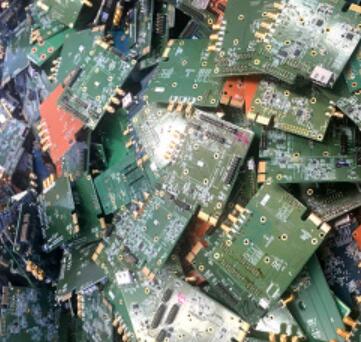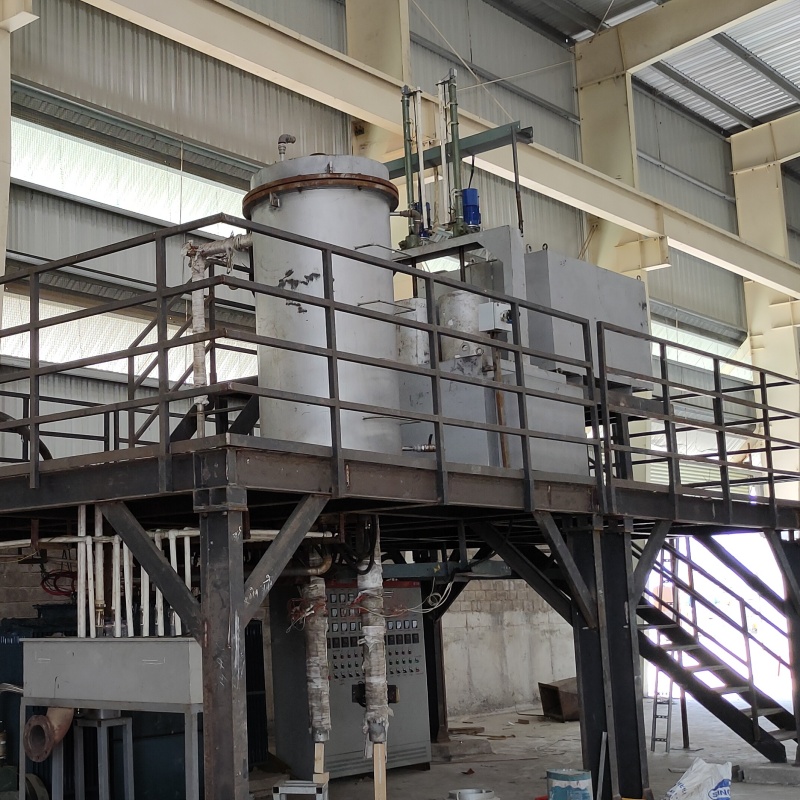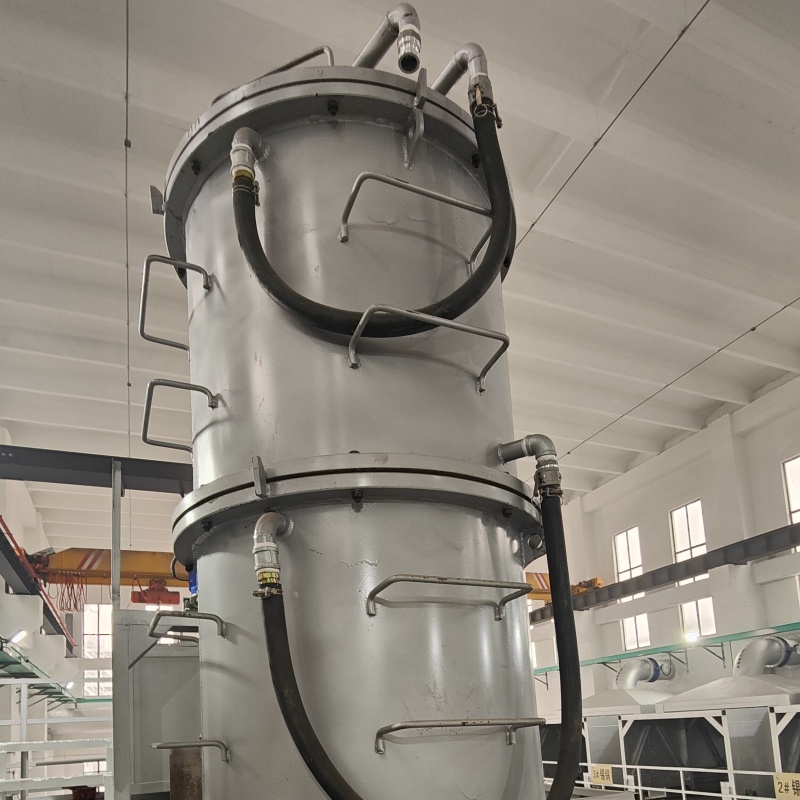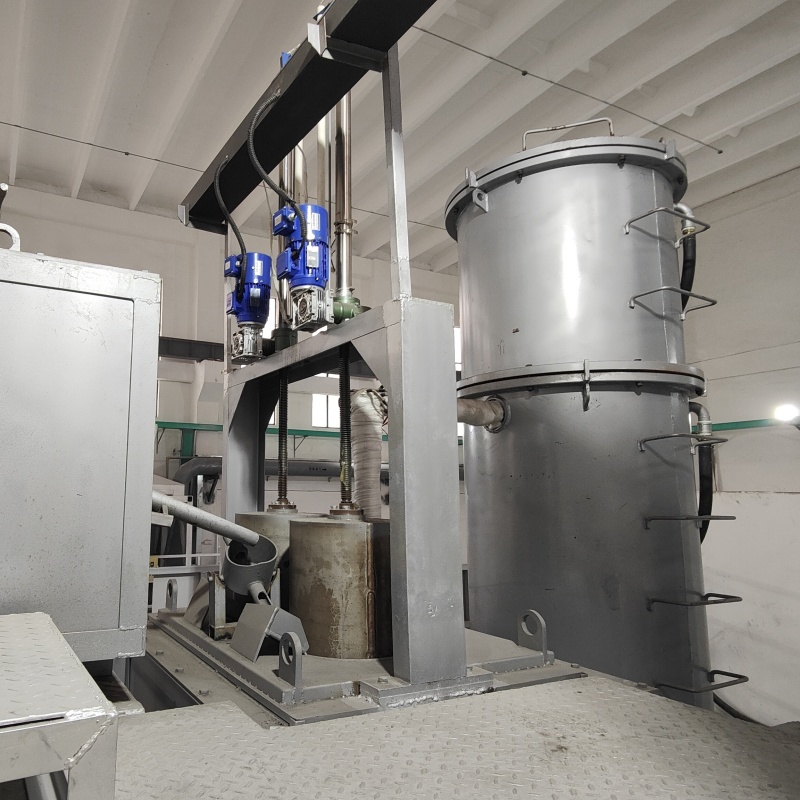The Lead-Tin (Pb-Sn) vacuum distillation unit, also known as the Lead-Tin-Antimony metal vacuum distiller unit (Pb-Sn-Sb VDU) and lead-tin alloy separating vacuum distillation furnace (Sn VDF), as well as the tin vacuum distillation furnace (Sn VDF), is designed to extract Tin (Sn) from lead alloy, the byproduct from lead smelting. This process involves utilizing the different boiling points of Sn, Sb, and Pb under varying vacuum conditions to effectively remove impurities.
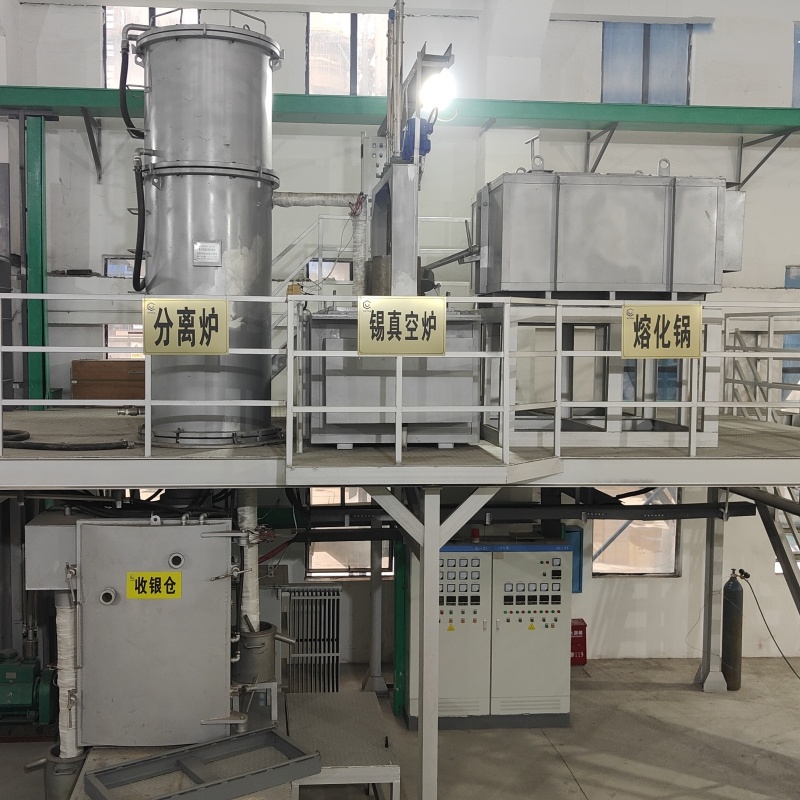
Under vacuum conditions, the Pb-Sn-Sb VDF exhibits varying boiling points for different metals. Within the Pb-Sn-Sb VDF's graphite tray, lead and tin vapors migrate to different locations, where they undergo condensation and are collected as liquid lead and tin.
The Pb-Sn-Sb VDF uses electricity as a clean heat source. During vacuum distillation, there is no emission of off-gases, distinguishing it from conventional pyro-metallurgy equipment. The lead-tin-antimony vacuum distillation furnace (Pb-Sn-Sb VDF) is an environmentally friendly metallurgical equipment. Additionally, an arsenic (As) collection device is a standardized sub-assembly for the Pb-Sn-Sb VDF, effectively capturing As when its content is ≤1%. (If the As content exceeds 2%, pre-removal is required.)
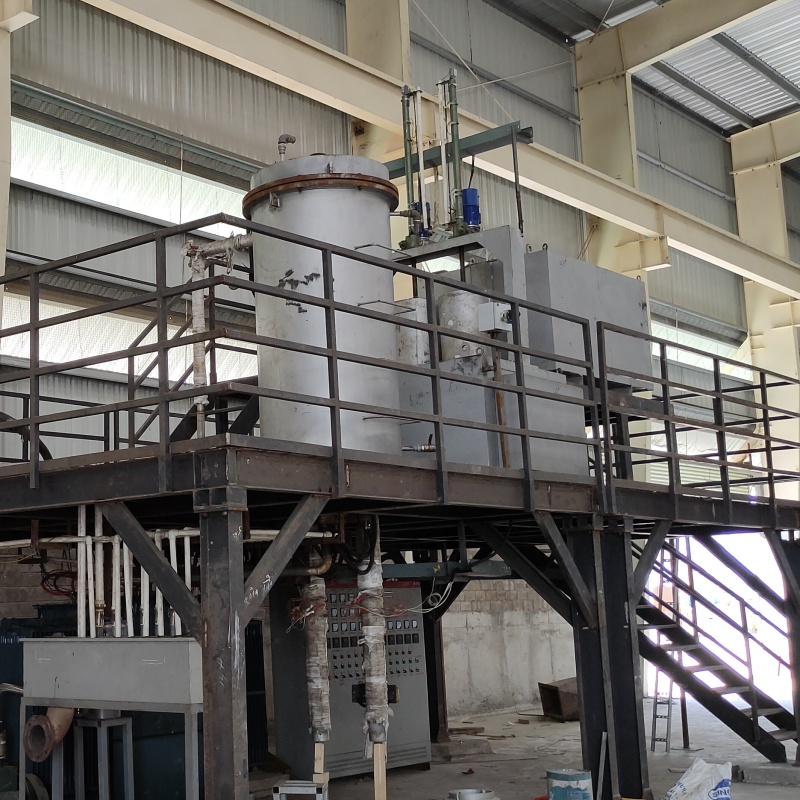
Raw material:
S/N | Material | Remark |
1. | Lead-Tin alloy | |
2. | Soldering Tin | |
3. | Lead-Tin-Antimony alloy | |
4. | Lead-Tin-Antimony-Arsenic alloy | As≤0.4 |
5. | Crude Tin | |
Main parameters:
NO. | Item | Index |
1 | Treating capacity (raw material) | 15~10t/d |
2 | Vacuum degree | 10-30 Pa |
3 | Recovery rate of Tin | 99% |
4 | Recovery rate of Lead | 99% |
5 | Power | 100 kW |
6 | Energy consumption | ≤950 kWh/t |
FAQ:
Q1: What's payment terms are acceptable?
A: LC, TT and cash.
Q2: Can you provide installation service?
A: Yes, we provide the clients with installation service or installation instruction through online or other methods as per their needs.
Q3: Can you provide design services to clients?
A: Yes, we can provide customized design services and Pb-Sn-Sb VDF as per clients' needs.
Q4: What are the raw materials and final product of the Pb-Sn-Sb VDF?
A: The raw materials are the lead-tin alloy, The final product is crude tin (≥985.% Sn). This crude tin can easily be refined using crystallizer and/or impurity-removing pot.
Q5: Does the Pb-Sn-Sb VDF can work alone?
A: Yes. The output product, crude tin, can be sold as merchandise.


